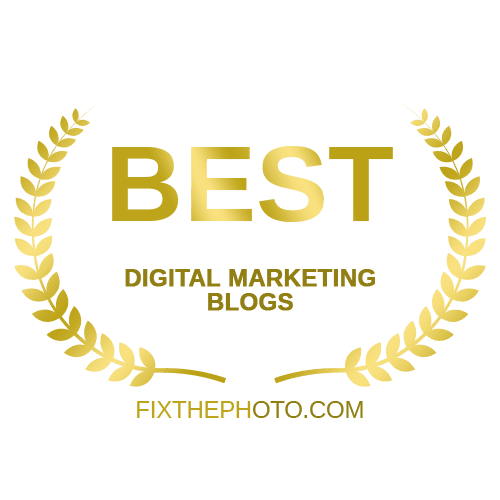The digital marketing gambit today is the way to go for businesses and brands. The reason is online users are scattered across online platforms. This virtual puzzle set is challenging, and a profound marketing method that helps overcome it is PPC. It is in the brands’ best interests to hire a PPC agency London or anyplace else, to leverage the virtues of the online world. Also, there are varied gadgets that people use, including laptops, tablets and mobile phones. This avenue should probe businesses to look at mobile PPC strategy.
A quick run-through into PPC
Pay-Per-Click advertising, often abbreviated as PPC, is a paid search marketing strategy wherein brands get charged when online visitors click upon the display or banner ad. PPC includes search engines such as Google and Bing and social and business networking platforms such as Facebook, Instagram and LinkedIn. Many terminologies and acronyms govern the functionality of PPC, but the few crucial ones that merit consideration are below:
Click-Through Rate – Often abbreviated at CTR, it represents the percentage of online visitors that have clicked on the ad or product listing. Lastly, CTR is an action-based metric.
Impressions – This represents the number of screens on which the brand or business ads or other digital content appear. A point to note is if visitors see this and scroll or brush past, it counts. More so, it is a non-action-based metric.
Ad Extensions – The feature allows businesses to incorporate other information such as a business address, contact details, site links and product information.
Ad Group – An account structuring strategy, ad group streamlines the PPC campaign by grouping them as per specific sets of keywords, ads and bids. The rationale is that each campaign comprises one or more ad groups.
Benefits of PPC advertising strategy
In light of the above and several other phenomena, there are profound benefits to be gained from running a PPC campaign.
Ideal for fulfilling several business goals
Be it a high-level branding endeavor, thinkpiece or thought leadership, lead generation or eCommerce sale, PPC helps cater to any conversion goal. PPC entails serving and funneling the online space through newsletter signups, app downloads, quizzes and contests and other avenues.
Easy to measure and track performance
Another benefit of the PPC strategy is it is easy to measure and track. One way of doing so is combining the Google Ads tool with Google Analytics. It covers the entire digital marketing value chain; it revolves around keyword and research result, creating and pitching the campaign and analyzing user responses and behaviour. Also, the synergy between these applications provides businesses with in-depth data that includes impressions, clicks and conversions.
Another tool that helps brands augment their ads is Adsense. A plus point of Adsense is that advertisers can adjust their ads units to fit the size of desktops, mobile phones and other gadgets.
Greater Control of the ad campaign
The advent of PPC is considerably powerful and renders brands with greater control. Through PPC, brands can tap and leverage the Iceberg Effect. Sometimes miscellaneous search terms below the surface get clubbed with the ‘positive’ keywords, thereby hampering the overall effectiveness and impact of the ad campaign. Advertisers can work around this advent to curb the discrepancy. Lowering the said discrepancy renders a higher CTR and lower cost-per-click metric.
A site that comes to the rescue of advertisers to garner this greater control is SKAGs or Single Keywords Ad Groups. This is an account structuring strategy wherein companies can curate a focused relationship among the single keyword, the ad, and the landing page.
Profound Targeting Options
PPC strategies help attain niche-targeted visibility through a multi-layered targeting approach; Google Ads is incredibly helpful in this endeavour. Companies can access demographics such as age, location, interests, and spending preferences. Also, companies can avail qualitative or psychographic data such as user behaviour and intent. The rationale is that users get redirected to business websites through several sources, including display and search parameters. An advent that helps weed out the source distinction is the CTA (Call-To-Action) temperature scale. The CTA temperature scale comprises four touchpoints – display, video, social, and search. Businesses can further delve into user activity by accessing data about the time spent by users on a particular landing page or website.
Caters to Urgency through Quick Entry
For instance, if Superdry, a prominent clothing brand in the UK and across Europe, runs special offers and promotions for seasonal fashion accessories and apparel, then a PPC campaign is an ideal solution. The reason is PPC helps augment keywords and search terms very quickly, such that brands can catch up to the competition within a few minutes. Another plus point is the entire process, from research to campaign layout to writing and creating the advertisement, is done within the PPC ad platform.
Works well with SEO
Although starkly different in their approaches, purposes, and functions, SEO and PPC can do wonders when combined. The insights render brands better information and direction through a keyword-by-keyword analysis. To further delve into this realm:
- When combined, SEO and PPC can help increase overall traffic as they target both paid and organic clicks
- Brands can reduce the cost-per-click metric by moving high-cost or low-performing keywords from PPC to SEO
- PPC makes for an excellent testing platform before moving keywords to SEO
What You Must Know
The digital marketing gambit today is the way to go for businesses and brands. Although the virtual world is a challenging puzzle set, there is a way out for businesses. This is through PPC. PPC is a paid search marketing strategy wherein brands get charged when online visitors click upon the display or banner ad. There are several benefits for companies when using PPC. These include fulfilling several business goals, measuring and tracking performance, greater control, in-depth targeting, urgency, and blending with other digital marketing methods such as SEO.






